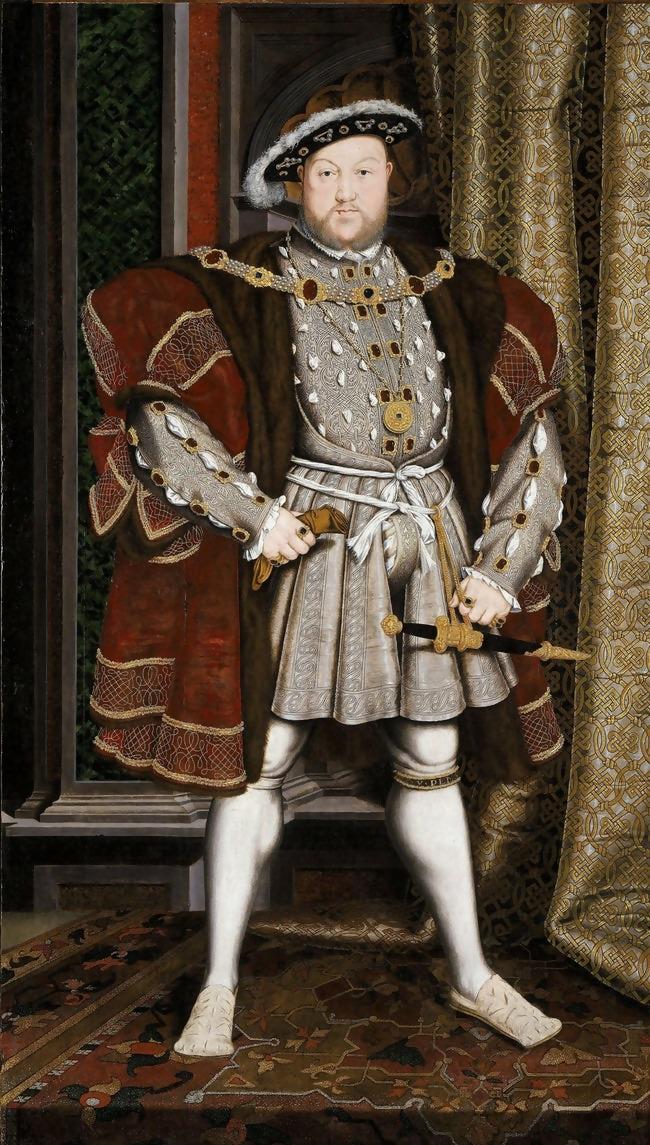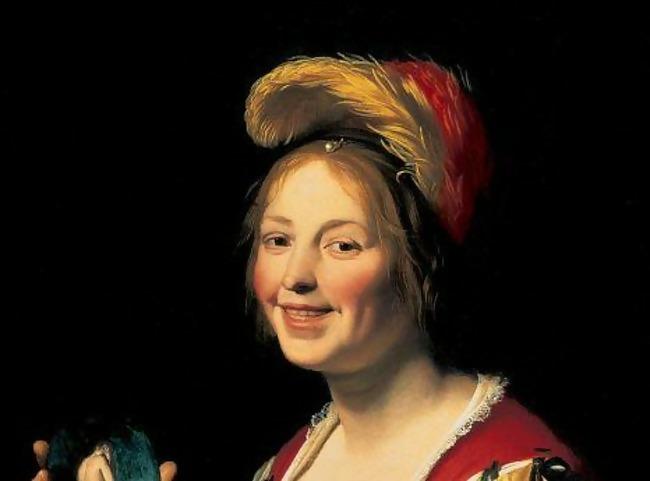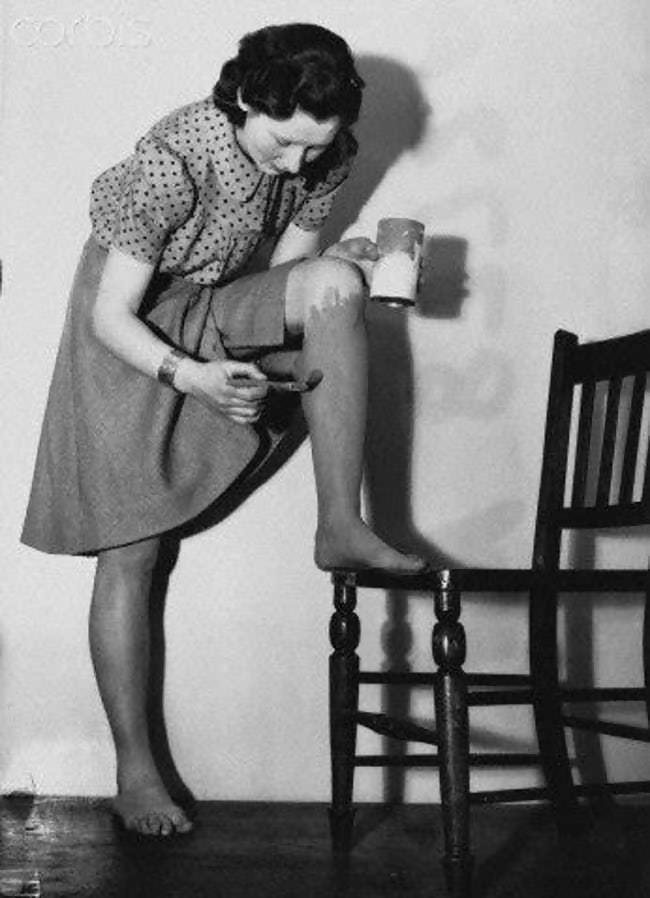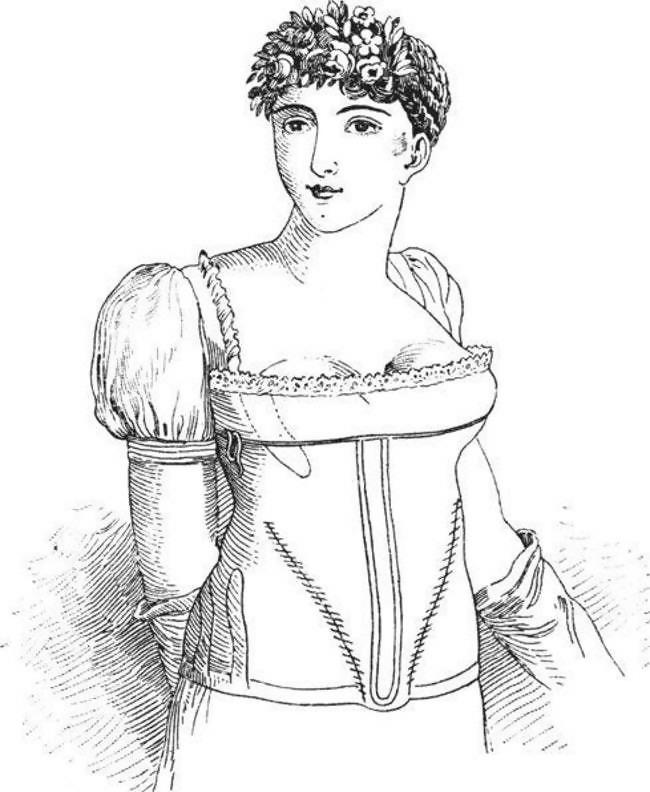
 View 4 slides
View 4 slides 18 Weirdest Beauty Trends From The Past That You Never Knew About!
18 Weirdest Beauty Trends From The Past That You Never Knew About!


Advertisement
Frankly, it is next to impossible to achieve the unrealistic and ever-changing beauty trends of our society, and quite a lot of us have already given up after trying our ways of plucking, painting or contouring ourselves into leveling up. It doesn’t really come as a surprise that this issue is a timeless one, but some of the beauty trends of our medieval and recent past and actually quite hard to think of as something that can be considered glamorous or fun in any way.
Beauty trends have changed and evolved so much that what people would have normally considered hot is actually nothing less than horrifying in modern times. Sure, wearing makeup isn’t exactly an easy task, but it is at least a thousand times much better than applying some gravy on our legs or shaving our hairlines further back! In this article, we have compiled a list of perhaps the weirdest of historical beauty trends ever. Let’s check it out –
Greeks sure loved the unibrow!

The idea of ‘power brows’ was starkly different for the Greeks. In ancient times, Greek women who had unibrows were considered by society as intelligent and pure. In fact, it was such a thing that women who didn’t have one naturally ended up using kohl in order to draw one for themselves, and get that bold look.
Calves better than abs?

In the modern world, women’s legs are really admired, but way back in the medieval times and all the way up to the 18th century, it was men’s calves that got all the attention. In fact, men used to wear stockings, so that they could show off their muscular, chiseled calves. Some even went further and used padding to make their calves look more muscular! King Henry VIII was well-known for his calves. We wonder if it was all-natural or padding!
Beauty patches were considered classy

Way back in the eighteenth century, the trend of women wearing makeups started. They also began wearing beauty patches, which are small fabric pieces that were applied on the face. These beauty patches came in several shapes and sizes, where the most prominent ones were stars, squares, and circles. Not only that, the placement of these beauty patches had a particular meaning as well. For instance, applying a beauty patch on your right cheek was supposed to mean that the woman in question was married, while a patch near the mouth meant the woman was flirtatious!
Short teeth meant good looks during the Renaissance

We all know the essential traits of beauty during the Renaissance were quite well-known, and there were over thirty specific traits that were considered as what defined beauty! A few of them were quite similar to modern standards, such as long legs, narrow waist, wide hips. However, what may surprise some of you is that short teeth were considered beautiful during those days – the gummier the smile, the more beautiful a woman was!
Painted legs during the World War II

During the World War II, there was an immense shortage of nylon and so women couldn’t afford to wear pantyhose. However, since the tanned legs that were a result of wearing stockings were considered important, there was a huge demand for paint products that were meant to make them look like the in nylon. Various ads during the time focused on how one wouldn’t be able to differentiate between legs that were covered in hose and legs that were just painted! However, since not everyone had access to these paints, quite a few women would actually just apply gravy and get that nylon look!
The “Divorce Corset” was quite in demand

The corset is considered one of the most innovative examples that allow body modification, as it allows a narrowed-looking waist while also lifting the breasts. The corsets have been worn by women right from the sixteenth century all the way to the nineteenth century, with a variety of styles used. Some of the varieties, in fact, were so tight they made breathing difficult! However, the nineteenth century saw a new beauty trend of having the breasts separated. And instead of the usual high cleavage that was in fashion earlier, women now wished to have a clear gaping between their breasts. This led to the new variety of corset being introduced in the markets – the “divorce corset”, which was named so because it separated the breasts and created a distinct cleavage.